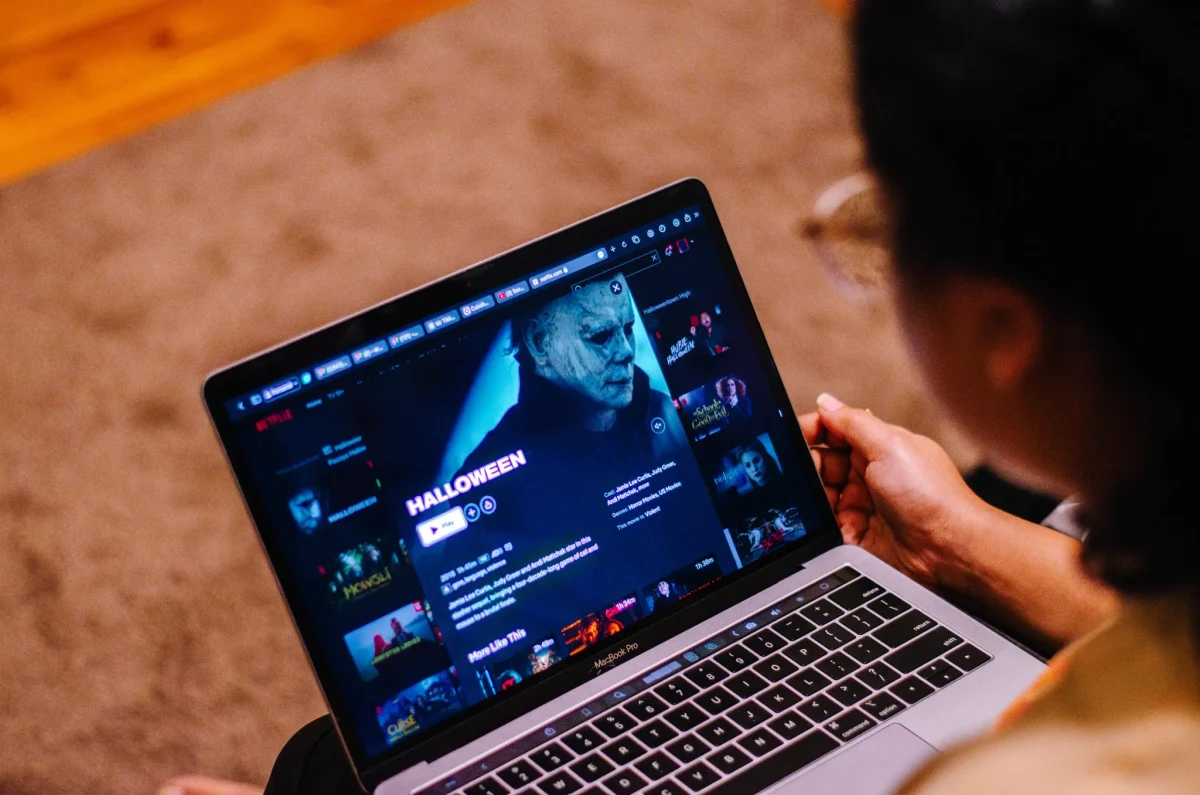Junji Ito has been a revolutionary artist in the horror genre for decades now. After publishing his first work in 1987, fans know him for a wide array of manga stories that have chilled readers around the world. Everyone has heard of him — if not by name, then by image. His black-and-white art style, often characterized by intricately detailed body horror, is pictured on shirts and prints everywhere.
Ito’s most recognized work by far is “Uzumaki,” a collection of short stories surrounding a town that has been cursed by a supernatural spiral entity. The narrator Kirie and her boyfriend Shuichi are the only two who seem to notice the strange spirals overtaking the town of Kurouzu-cho. The two are soon overtaken by an evil force stronger than either of them could ever expect.
Having won multiple awards, it was inevitable that “Uzumaki” would be adapted to another medium. Surprisingly enough, the collection avoided an animated adaptation until recently. Instead, only two video games and a poorly-received live-action movie in two decades were created since its original release.
Then, Adult Swim announced an animated series in 2019. Set to premiere in four episodes and entirely in black and white, the “Uzumaki” series promised to be the most faithful adaptation of the original manga yet. The only problem was the length of development. The anime didn’t debut until this September on Adult Swim and HBO Max.
The series appears to be the most faithful and beautiful adaptation of Ito’s work. Unfortunately, it falls victim to a flaw that most Ito adaptations do: hasty pacing and uncertain direction.
The show has plenty of positives, of course. The art style is nearly identical to the original manga. The choice to keep the color palette true to Ito’s signature black-and-white style was an excellent one. The devotion to Ito’s artwork is clear, with attention to detail in each section of the city. Spirals are present everywhere — if you know where to look.
The eerie nature of the show is exemplified by the rotoscope animation. Rotoscoping, an animation technique used in many older Disney animated films, is a process where animators trace over recorded camera footage to create more lifelike, fluid animation. It creates realism, but it can also contribute an eerie feeling to media when used in the right context, which is just what “Uzumaki” does.
The fluid movement only adds to the surreal, brilliant body horror of the series. Strange, unsettling concepts from the manga are brought to life in perfect motion, wonderfully adapting the images that fans have come to know so well. A man contorts his whole body into a broken spiral. A spiral-shaped scar on a girl’s forehead eventually grows into a vortex that swallows her entire body in a series of cracks and groans. The series has everything.
The horror is accompanied by a soundtrack from Colin Stetson, who provided the music for 2018’s “Hereditary.” He also plays in bands like Bon Iver and Arcade Fire. Stetson creates a lovely, unsettling sound with the music; it builds just the right amount of suspense without overstaying its welcome. It’s not overbearing or loud, so watchers can appreciate the silence or ambient noises of a scene — after all, silence can be just as good at building dread.
Unfortunately, the audience doesn’t get the time to savor this horror. The pacing of the show is incredibly quick, with a good one hundred pages of the manga being covered within the 20-minute first episode. While the series tries to tangle the separate stories together, it still suffers due to the quick pacing. It seems like the show was meant to be a collection of 10 or so episodes, not four. They could at least make each episode longer.
The show moves between scenes so fast that it’s hard to comprehend the story if you haven’t read the original manga. A transition to a funeral scene at one point is so sudden that it’s jarring. Suspenseful scenes are rudely interrupted, erasing the small amount of buildup that was provided. It’s a sad contrast to Ito’s manga, which sometimes takes dozens of pages to build up the intensity of one scene.
While the animated series has the benefit of fluid, eerie movement and a suspenseful soundtrack, it still has a lot to prove. The Japanese run of the series has continued streaming on HBO Max, and concluded on Oct. 20. English-dubbed versions are made available about five days after the air date of each Japanese episode.
This article appeared in print on Page 8 of Vol. LVIII Issue V, published Oct. 21, 2024.


